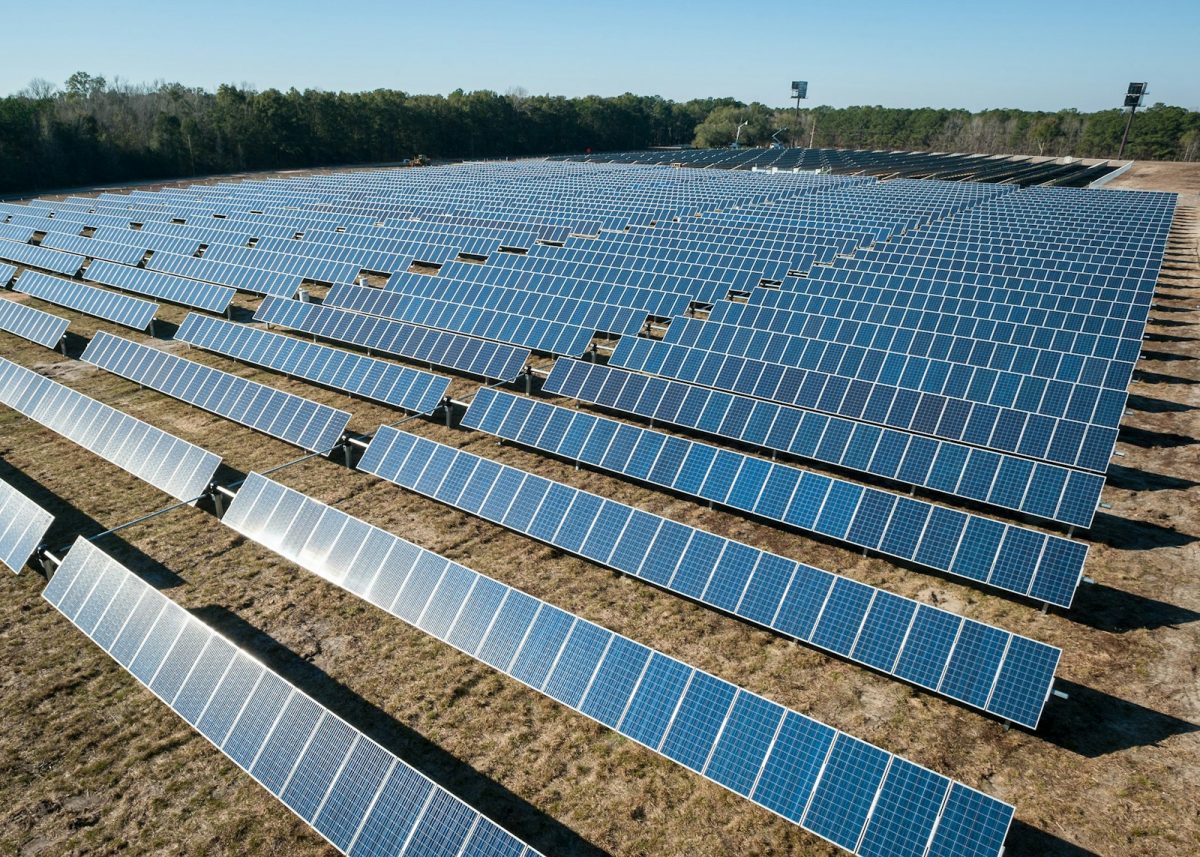Environment
Environmental Engineering is the application of engineering principles to improve and maintain the environment for the protection of human health and at-risk ecosystems.
This fruit goes well into 5 figures in terms of price, find out how it's grown here. This special type of watermelon, as with many others on this list is only grown on the island of Hokkaido, Japan with the town of Toyoma as their epicenter.
Researchers at Texas A&M are now able to accurately predict marine landslides using underwater site characterization data.
Have you ever seen a robot that moves like a cheetah or grabs things like an octopus? That’s biomimetic engineering
Cutting-edge technology is revolutionizing geothermal energy, turning it into a more scalable and globally viable source of clean power. If successful, this technology could tap into a virtually limitless and always-available energy source.
In a remarkable breakthrough that could revolutionize the aviation industry, a team of U.S. engineers has unveiled the world’s first hydrogen system designed to simultaneously fuel and cool future jet aircraft. This innovative technology aims to contribute significantly to reducing carbon emissions and improving the efficiency of air travel.
An experiment in the UK involving geoengineering was recently approved and supported by the UK government. Geoengineering remains a highly controversial topic, but if all goes well in this experiment, we may have a new, successful prevention method for climate change.
In recent years, the adoption of solar energy systems has gained recognition as a promising solution to Africa’s energy challenges. However, the implementation of solar technology in the region encounters significant barriers stemming from various economic, infrastructural, socioeconomic, regulatory, environmental, and technical difficulties.
What we did:
Checked up on everything
Mushrooms started growing (kind of)!
Found out cause of algae growing, it's kind of just there (sunlight exposure maybe)
What we need to do:
Get...
What we did today:
Cleaned out the water
Checked on plants and pods
Put more pods in towers
What we need to do:
Find out why mushrooms aren't growing
Plant more seeds and pods
What we did:
We planted and rearranged towers
Checked on the mushrooms ( they aren't growing)
What we need to do:
Get paper towels
IMPORTANT: Please don't touch the cups with water that...
By leading in renewable tech, Japan is meeting the growing need for digital services while helping fight climate change. This shift to solar-powered data centers is a key move towards a more sustainable and energy-efficient digital future.
What we did:
Planted seeds in pods
Cleaned the door and floor
Watered the seeds in trough
What needs to be done:
Get paper towels
Know why plants are dying
IMPORTANT: Please don't...
Load More Stories











